The Real-Talk Guide to Helping Your Dog Live a Longer, Happier Life
I’ve spent a long time—more than two decades—working closely with dogs, from the chaos of breeding programs to quiet moments with veterinary pros. I’ve seen the pure joy of a puppy’s first year, and I’ve held the paw of a dear old friend in their final moments. And if there’s one thing I’ve learned, it’s that we can’t control everything.
In this article
Genetics is a huge piece of the puzzle. A Great Dane just isn’t built to have the same lifespan as a Chihuahua. That’s simply biology. But what we can control is their quality of life, what some experts call their ‘healthspan.’ It’s not just about tacking on more years; it’s about making sure the years they have are good ones, full of comfort, fun, and well-being. The stuff I’m sharing here comes from a lot of trial and error… my own successes and, honestly, my own mistakes. These are the foundational pillars that really work.

The Absolute Foundation: What’s in Their Food Bowl?
You know the saying, “you are what you eat”? It’s maybe even more true for our dogs. Nutrition is the single most powerful tool you have to influence your dog’s health, day in and day out. But wow, the dog food aisle can feel like a nightmare. Flashy bags scream promises at you. Let’s just cut through all that noise.
How to Actually Read the Label
The front of the bag is just marketing. Flip it over—that’s where the truth is. The first thing to look for is a nutritional adequacy statement from the organization that sets pet food standards. You’re looking for one of two things:
- One statement says the food is “formulated to meet the nutritional levels established” by the nutrient profiles. This is okay. It means the recipe, on paper, has what a dog needs. It’s a decent starting point.
- The other, much better statement says that “animal feeding trials substantiate” that the food provides complete nutrition. This is the gold standard. It means the company actually fed the food to real dogs for a while and monitored their health. Some of the major, science-backed brands known for their extensive research are the ones that do this.
Next, scan the ingredients list. It’s ordered by weight, so the first few items are what your dog is mostly eating. You want to see a specific, named animal protein right at the top. “Deboned chicken” or “lamb meal” is a great sign. Vague stuff like “meat and bone meal” is a red flag.

The Big Food Debate: Kibble, Wet, Raw, and Home-Cooked
There’s no single “best” food for every dog out there. It really comes down to your dog, your budget, and your lifestyle.
Dry Kibble is the most popular choice for a reason. It’s convenient, lasts a long time, and is generally the most affordable option, with a good quality large bag running between $60 and $90. The crunchy texture can also help scrape a little plaque off their teeth. The catch? Quality varies wildly. Cheaper brands often use fillers like corn and by-products that don’t offer much nutritional value.
Wet Food is fantastic for picky eaters and for hydration. That high moisture content is a huge plus for supporting kidney health. The downside is the cost—a single can of premium wet food can be $3 to $5—and it doesn’t last long once opened. If you only feed wet food, you have to be extra diligent about brushing their teeth, as it doesn’t provide any abrasive cleaning action.
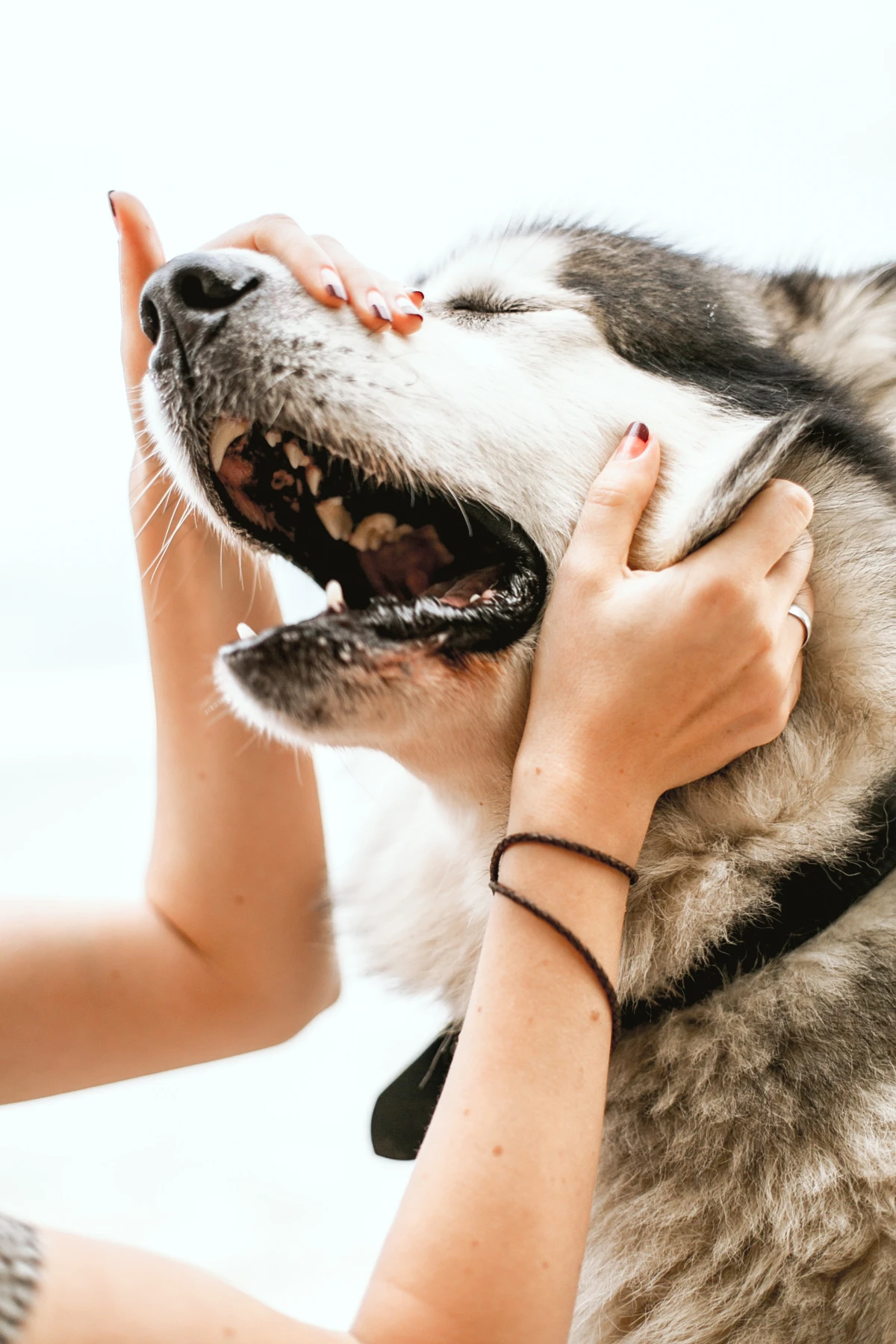
Raw Diets have passionate fans who talk about shinier coats and cleaner teeth. The idea is to mimic what a dog’s ancestors ate. But, to be frank, the risks are serious. Raw meat can carry nasty bacteria like Salmonella and E. coli, which is a danger to your dog and everyone in your home. I’ve personally seen dogs with severe stomach issues from raw diets that weren’t prepared correctly. If you go this route, you absolutely must work with a veterinary nutritionist to make sure it’s balanced and safe. This isn’t something to DIY.
Home-Cooked Meals give you ultimate control, which is great for dogs with intense allergies. But it’s so easy to mess up. I once worked with someone who lovingly fed their dog a diet of just chicken and rice. The dog ended up with serious nutritional deficiencies because crucial minerals were missing. A balanced homemade diet needs a precise recipe from a board-certified veterinary nutritionist. You can usually find a directory of these pros by searching online for the official college or board for veterinary nutrition. Please don’t trust random recipes from the internet for this.

The Health Issue No One Likes to Talk About: Obesity
Every vet I know says obesity is the biggest preventable disease they see. Major studies have shown that lean dogs can live up to two years longer than their overweight pals. I’ve been there, by the way! I once let my own Lab get a little chunky, and seeing him struggle to hop on the couch was my wake-up call. It’s an easy mistake to make. Extra weight strains their joints, heart, and lungs, and seriously increases their risk for diabetes and even some cancers.
A quick tip: Don’t just trust the feeding guide on the bag—it’s just a generic starting point. Learn how to check your dog’s Body Condition Score. You should be able to feel their ribs easily under a thin layer of fat, and they should have a visible waistline when you look down at them. If they look more like a coffee table than an hourglass, it’s time for a change. A simple 10% reduction in their food can make a world of difference. And here’s a pro move: use a kitchen scale to measure their food by weight. It’s way more accurate than a scoop and makes that 10% cut super easy to calculate.
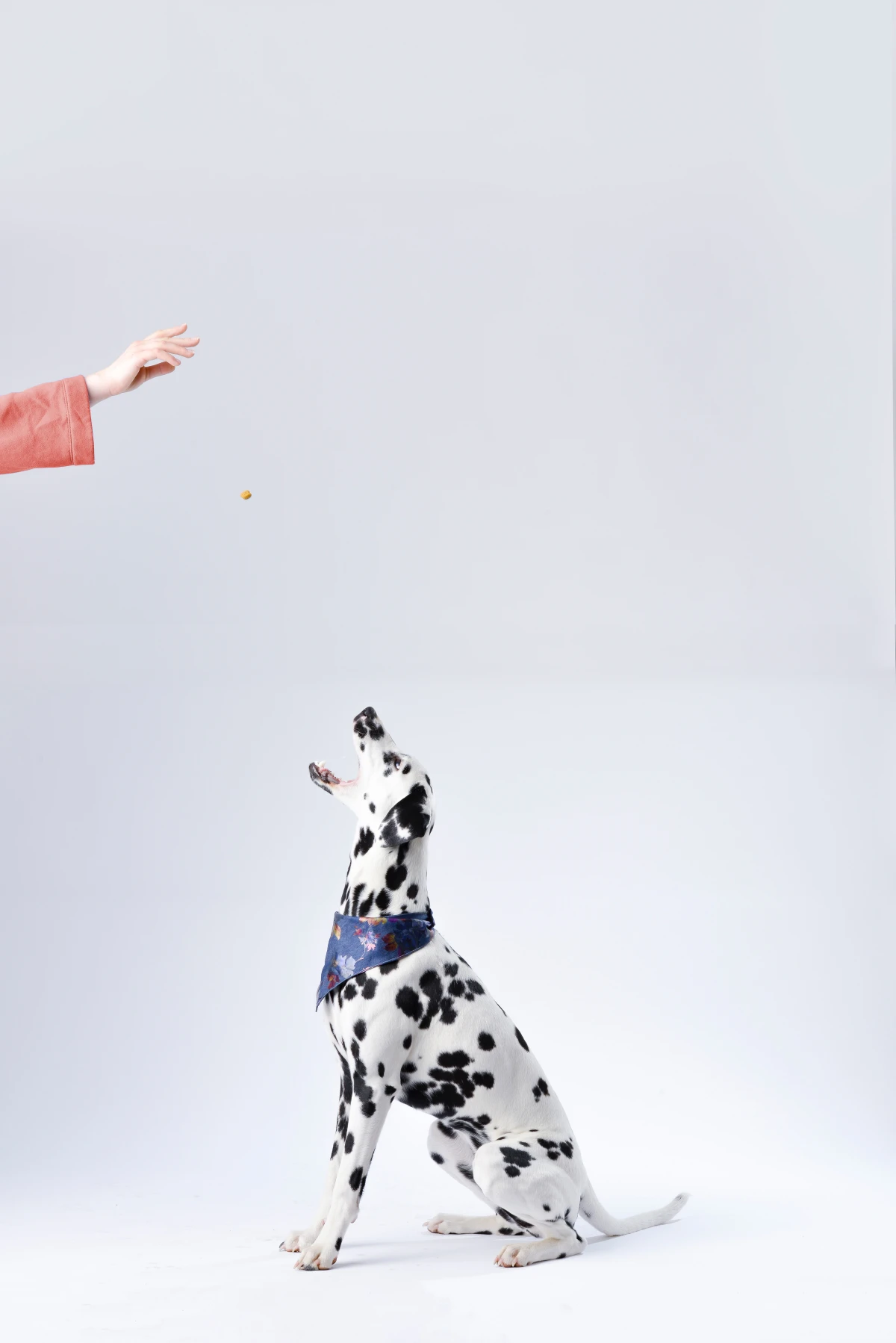
Beyond the Walk: Purposeful Movement for a Strong Body
A dog’s body is made to move, but not all exercise is created equal. You have to tailor it to their age, breed, and health.
For puppies, it’s all about protecting their growing bodies. Their bones have soft growth plates that don’t fully close for over a year. Too much high-impact stuff, like long runs or jumping off furniture, can cause permanent damage. Keep exercise sessions short and sweet—a few 15-minute play sessions are way better than one long, grueling walk. Let them tell you when they’re done.
For healthy adult dogs, variety is everything. Mix it up!
- Cardio: Swimming is amazing because it’s low-impact. A brisk walk or a good game of fetch also gets the heart pumping.
- Strength: A controlled game of tug builds core strength, and walking up and down hills is fantastic for their back legs.
- Flexibility: Teaching simple tricks like ‘spin’ or weaving through your legs encourages them to stretch in a safe, controlled way.
For senior dogs, remember this: motion is lotion. It’s tempting to let them sleep all day, but that just makes their joints stiffer. The trick is to switch to low-impact activities. Gentle walks on grass are better than long treks on pavement. And swimming? It’s the perfect senior exercise. If they seem stiff after a walk, you probably did too much. Shorter, more frequent outings are the way to go. Oh, and talk to your vet about joint supplements. A bottle of glucosamine and chondroitin usually costs between $20 and $50 and can make a real difference in their comfort.
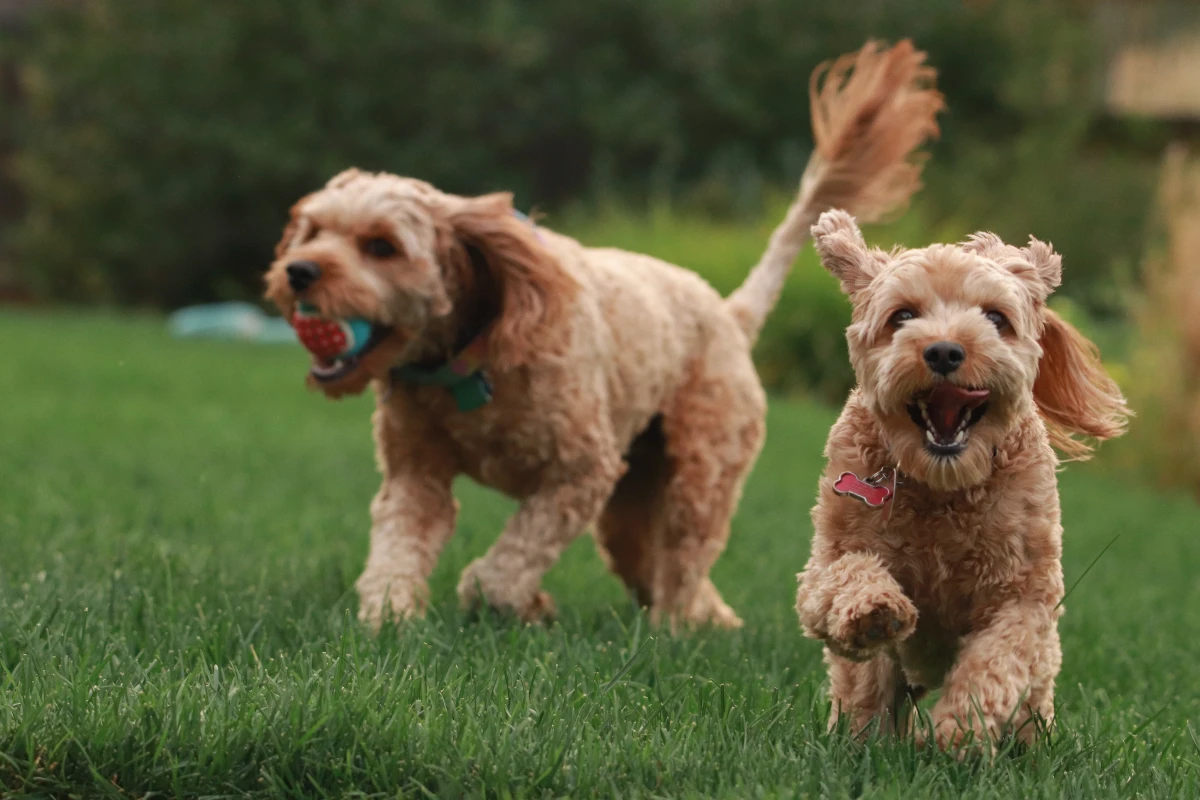
And don’t forget where you live! In hot climates, you have to exercise them early in the morning or late at night. That pavement can get scorching hot. Quick test: place the back of your hand on the asphalt. If you can’t hold it there for five seconds, it’s too hot for their paws. This is especially true for flat-faced breeds like Pugs and Frenchies who can’t cool themselves down efficiently.
A Tired Brain Means a Happy Dog
We’re so focused on physical exercise that we often forget about their brains. A bored dog is a stressed dog, and that’s not good for their long-term health. Seriously, 15 minutes of solid brain work can be more exhausting for a dog than a 30-minute run.
You don’t need fancy, expensive toys to make this happen.
- Puzzle Feeders: Ditch the bowl and make them work for their food. Slow-feeders or food-dispensing toys are great for this.
- Scent Work: Their nose is their superpower! Hide some high-value treats (think tiny pieces of cheese, boiled chicken, or a stinky freeze-dried minnow) around the room and let them sniff them out. It’s incredibly satisfying for them. Start easy and make it harder as they get the hang of it.
- New Tricks: Teaching a new skill, even a simple one, builds new connections in their brain and strengthens your bond. Keep sessions short, like 5-10 minutes, and always end on a positive note.
Your challenge for today: Ditch the food bowl for just one meal. Instead, use their kibble as a reward while practicing ‘sit,’ or just toss it in the grass in your backyard and let them forage for it. Watch how much more content and tired they are afterward!
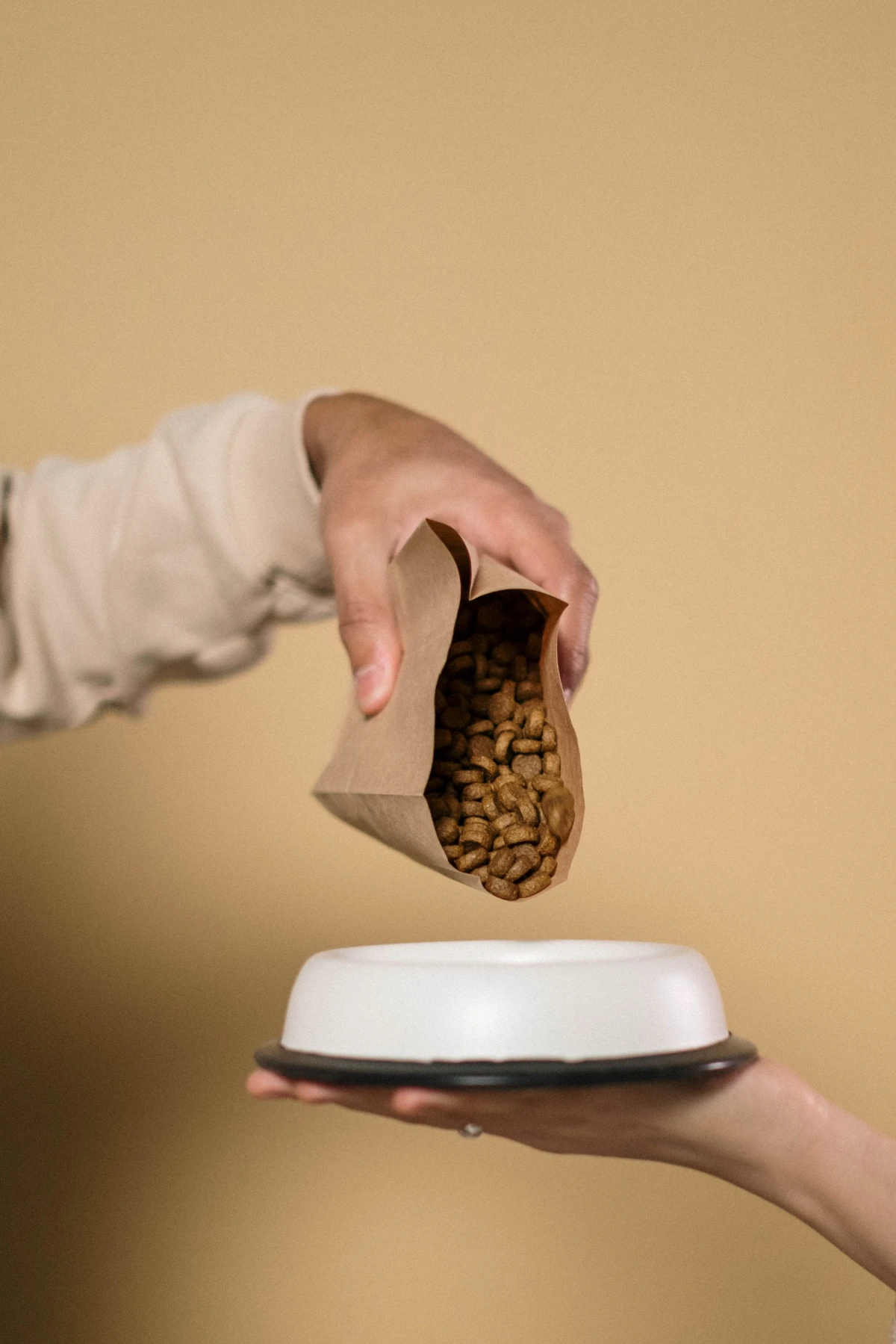
Preventative Care: Your Vet Is Your Best Friend
Waiting until your dog is sick is not the way to go. Proactive care is the key to a long life. This means regular check-ups, staying on top of dental care, and working with your vet as a team.
A yearly wellness exam (or twice-yearly for seniors) lets a vet find problems you’d never notice. Dogs are masters at hiding pain. A standard wellness exam can run you between $50 and $100 (not including shots or tests), but it’s invaluable. For dogs over seven, ask about a senior blood panel. It might cost between $100 and $250, but it can catch kidney or liver disease super early, when it’s much easier—and cheaper—to manage.
Dental Health IS Whole-Body Health
This is probably the most overlooked part of dog care. Bad breath isn’t just… bad breath. It’s a sign of dental disease, where bacteria from the mouth can get into the bloodstream and damage their heart, liver, and kidneys. Here’s how to tackle it:
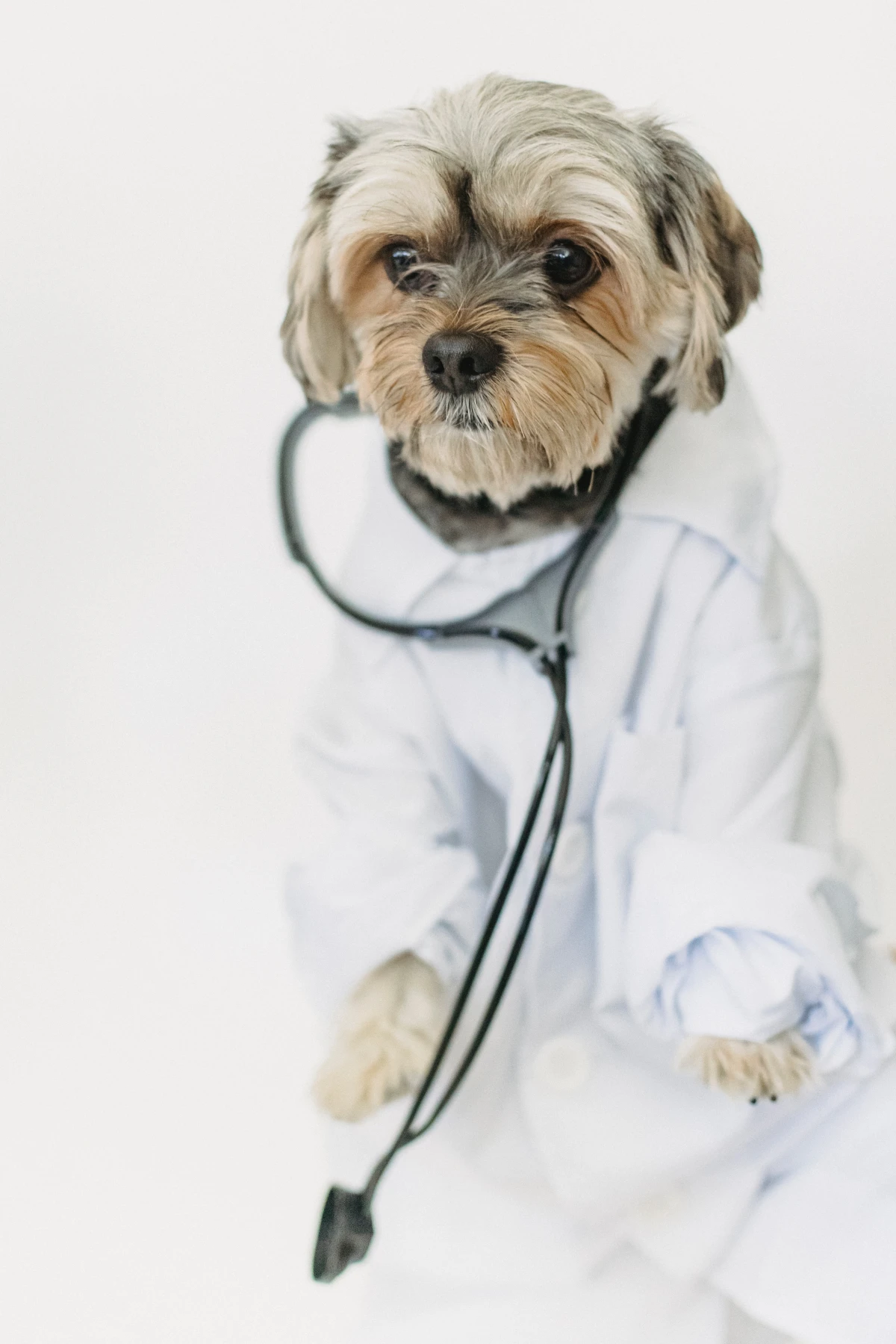
- Daily Brushing: This is the absolute best thing you can do. Use dog-safe toothpaste (human kinds are toxic!) and a soft brush. To start, just let them lick the paste off your finger for a few days. Then let them lick it off the brush. Then, just gently touch the brush to one tooth for a second. That’s it! Keep it short and positive.
- Dental Chews: These can help, but they don’t replace brushing. Look for products with a seal of approval from veterinary dental health organizations.
- Professional Cleanings: Most dogs will need a professional cleaning under anesthesia at some point. Heads up, this isn’t cheap. It can range from $400 to over $1,000, but it’s the only way to clean below the gumline and prevent serious disease. Be very wary of “anesthesia-free” cleanings—they’re purely cosmetic and can hide the real problems brewing under the gums.
The Spay and Neuter Conversation
The standard advice has always been to spay or neuter early, and for good reason—it prevents unwanted litters and some nasty cancers. But the science has gotten more nuanced. For some large and giant breeds, research suggests that waiting until they’re physically mature might offer some protection for their joints. This is a complex decision with no single right answer. It’s a crucial conversation to have with your veterinarian, who can help you weigh the pros and cons for your specific dog.

Final Thoughts: It’s All About the Daily Partnership
Helping your dog live a longer, healthier life isn’t about some magic pill. It’s about the small, consistent choices you make every single day. It’s about feeding them well, giving them purposeful movement, and keeping their minds sharp. It’s about being an observant advocate for your best friend.
The bond we have with our dogs is a gift. By taking these steps, you’re honoring that bond and doing everything you can to make sure your time together is not just long, but filled with health, joy, and love. And that’s the best thing we can possibly give them.
Inspiration:
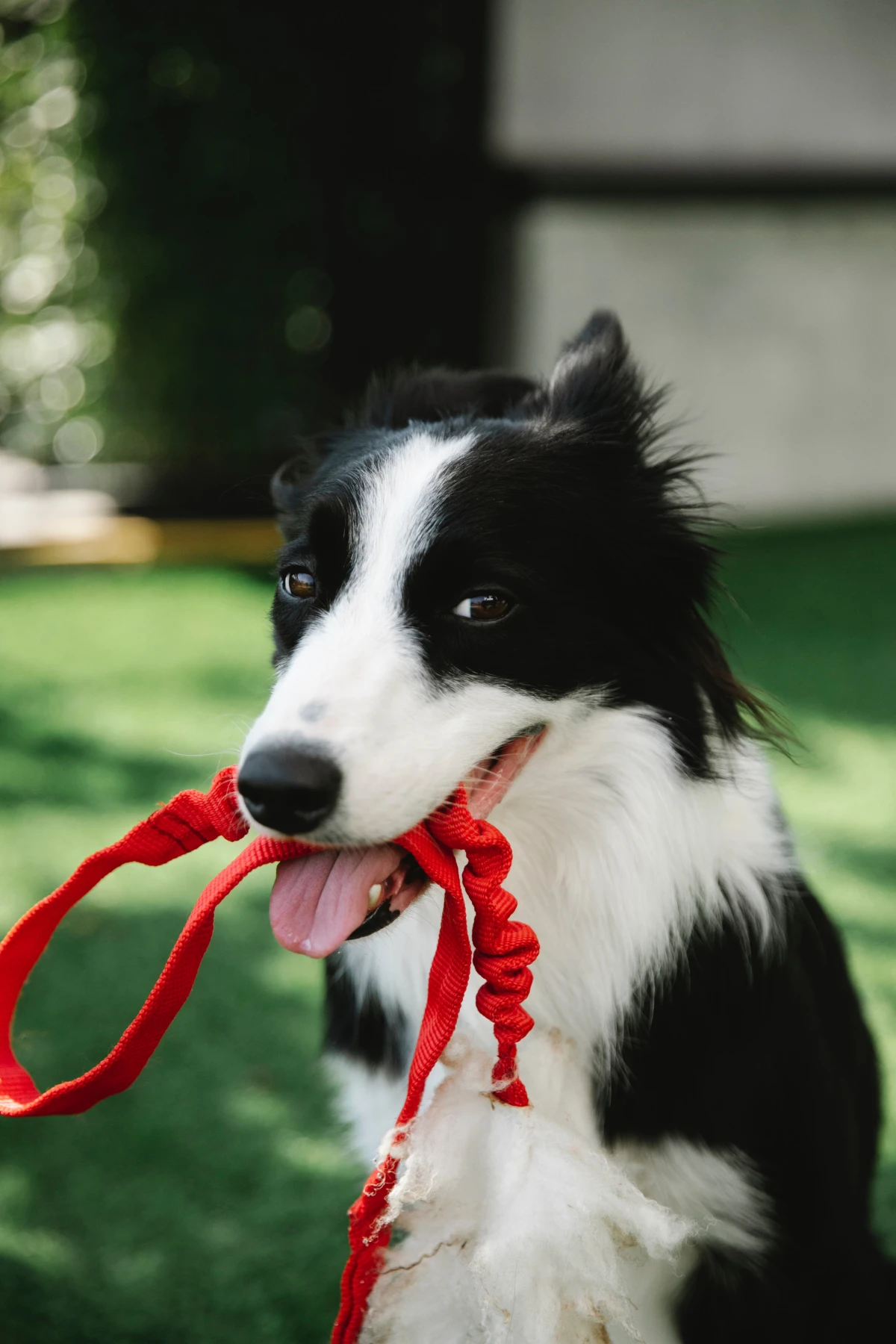
Is a daily walk really enough for your dog’s brain?
It’s a great start, but true canine happiness goes beyond the leash. A bored dog is often a destructive or anxious one. Think of mental exercise as a job for your dog—it builds confidence and tires them out in the best way. Instead of just feeding them from a bowl, try a puzzle feeder from a brand like Nina Ottosson by Outward Hound to make them work for their meal. Or, grab an old towel, sprinkle some kibble on it, roll it up, and let them snuffle it out. Even 15 minutes of this kind of










